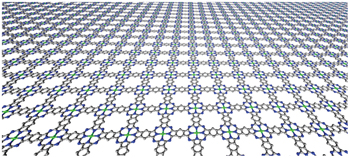
This work aims to report a critical overview of recent progress in exciton physics of metal‐halide perovskites. These semiconductors are the subject of very intense study thanks to the unprecedented success in energy harvesting and light emitting applications. Interestingly the development of perovskite based devices has significantly outpaced understanding of their fundamental properties. One of the biggest puzzles of perovskites is related to exciton binding energy and its fine structure which are crucial for optoelectronic applications.
Abstract
The unprecedented increase of the power conversion efficiency of metal‐halide perovskite solar cells has significantly outpaced the understanding of their fundamental properties. One of the biggest puzzles of perovskites has been the exciton binding energy, which has proved to be difficult to determine experimentally. Many contradictory reports can be found in the literature with values of the exciton binding energy from a few meV to a few tens of meV. In this review the results of the last few years of intense investigation of the exciton physic in perovskite materials are summarized. In particular a critical overview of the different experimental approaches used to determine exciton binding energy is provided. The problem of exciton binding energy in the context of the polar nature of perovskite crystals and related polaron effects which have been neglected to date in most of work is discussed. It is shown that polaron effects can reconcile at least some of the experimental observations and controversy present in the literature. Finally, the current status of the exciton fine structure in perovskite materials is summarized. The peculiar carrier–phonon coupling can help to understand the intriguing efficiency of light emission from metal‐halide perovskites.


